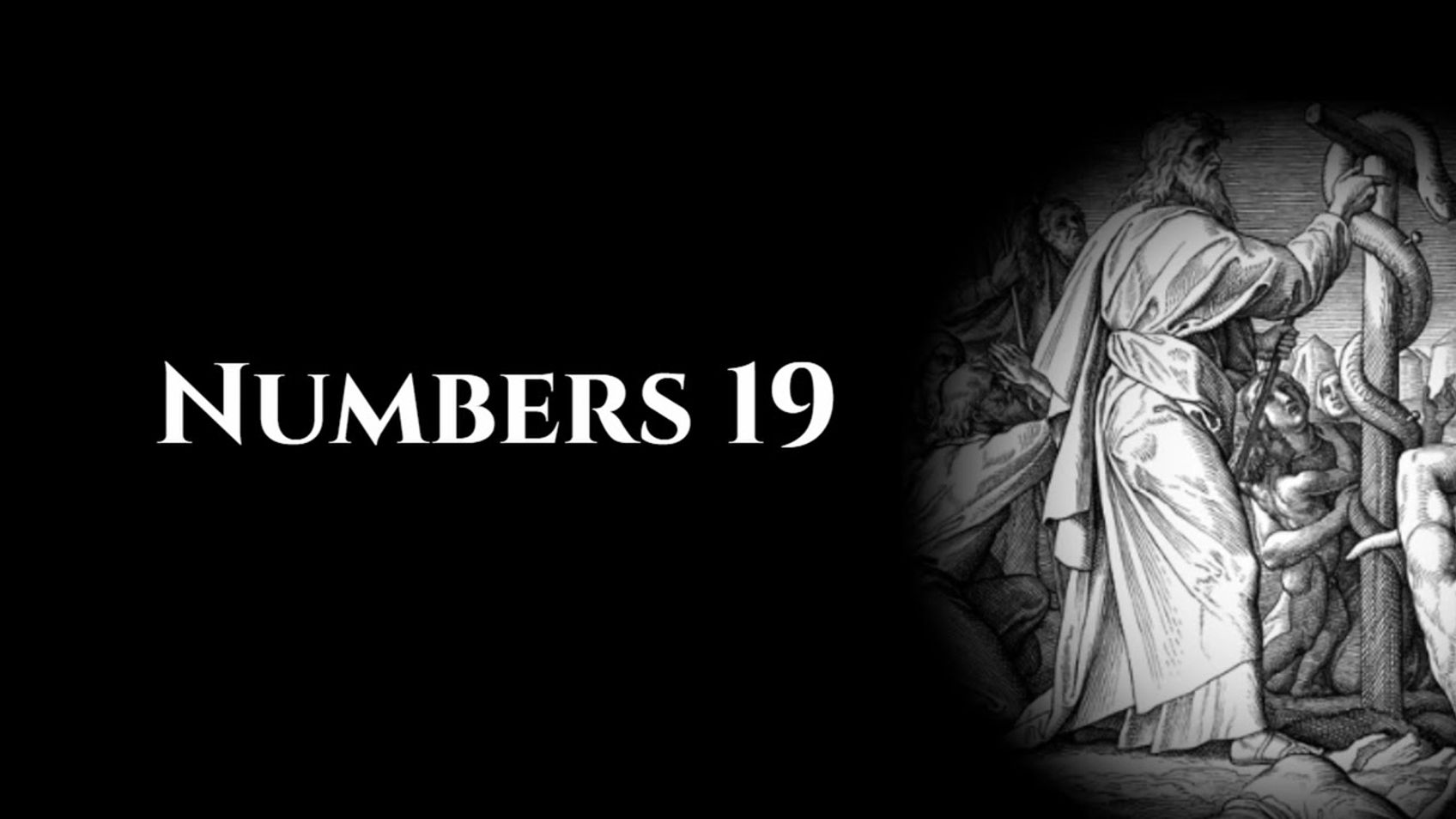Numbers 19
May 14, 2022

Alastair Roberts
The ritual of the red heifer.
My reflections are searchable by Bible chapter here: https://audio.alastairadversaria.com/explore/.
If you are interested in supporting this project, please consider supporting my work on Patreon (https://www.patreon.com/zugzwanged), using my PayPal account (https://bit.ly/2RLaUcB), or buying books for my research on Amazon (https://www.amazon.co.uk/hz/wishlist/ls/36WVSWCK4X33O?ref_=wl_share).
You can also listen to the audio of these episodes on iTunes: https://itunes.apple.com/gb/podcast/alastairs-adversaria/id1416351035?mt=2.
More From Alastair Roberts
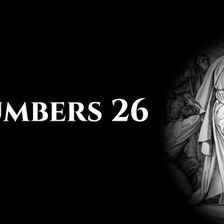
Numbers 26
Alastair Roberts
May 15, 2022
The second census.
My reflections are searchable by Bible chapter here: https://audio.alastairadversaria.com/explore/.
If you are interested in supp
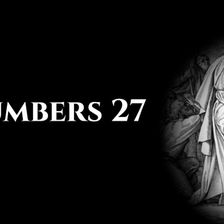
Numbers 27
Alastair Roberts
May 16, 2022
The daughters of Zelophehad and the ordination of Joshua.
My reflections are searchable by Bible chapter here: https://audio.alastairadversaria.com/e

Numbers 28
Alastair Roberts
May 17, 2022
The sacrifices of Israel's liturgical calendar.
My reflections are searchable by Bible chapter here: https://audio.alastairadversaria.com/explore/.
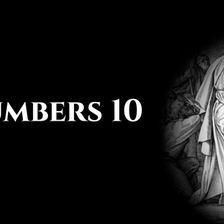
Numbers 10
Alastair Roberts
May 13, 2022
Silver trumpets and the departure of the camp from Mount Sinai.
My reflections are searchable by Bible chapter here: https://audio.alastairadversaria
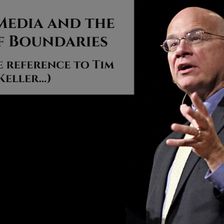
Social Media and the Lack of Boundaries (with some reference to Tim Keller...)
Alastair Roberts
May 11, 2022
If you are interested in supporting my work, please consider becoming a patron on Patreon (https://www.patreon.com/zugzwanged), donating using my PayP

Numbers 9
Alastair Roberts
May 10, 2022
Celebration of the Passover.
My reflections are searchable by Bible chapter here: https://audio.alastairadversaria.com/explore/.
If you are interest
More on OpenTheo
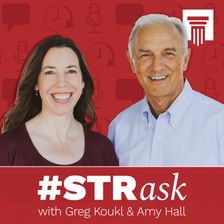
How Can I Improve My Informal Writing?
#STRask
October 6, 2025
Question about how you can improve your informal writing (e.g., blog posts) when you don’t have access to an editor.
* Do you have any thoughts or

Why Does the Bible Teach You How to Be a Proper Slave Owner?
#STRask
November 13, 2025
Question about why it seems like the Bible teaches you how to be a proper slave owner rather than than saying, “Stop it. Give them freedom.”
* It s

How Could the Similarities Between Krishna and Jesus Be a Coincidence?
#STRask
October 9, 2025
Questions about how the similarities between Krishna and Jesus could be a coincidence and whether there’s any proof to substantiate the idea that Jesu

When I Can’t Stop Thinking About Something, Is That God Speaking?
#STRask
December 1, 2025
Questions about whether having a recurring thought is an indication God is speaking to you, what to say to someone who says they sinned because “God t

Do Christian Business Owners Have a Moral Responsibility to Provide a Livable Wage?
#STRask
August 25, 2025
Questions about whether Christian business owners should provide a livable wage, whether doing a corporate sponsorship that promotes one’s business co

How Did a Fisherman Write the Book of Peter?
#STRask
September 18, 2025
Questions about how a fisherman could have written the book of Peter, why people say that not mentioning the destruction of the temple indicates an ea

“Christians Care More About Ideology than People”
#STRask
October 13, 2025
Questions about how to respond to the critique that Christians care more about ideology than people, and whether we have freedom in America because Ch

What Tools of Reasoning Help You Know What’s True, Right, and Good?
#STRask
December 4, 2025
Question about what tools of reasoning help us determine whether something is true or false, right or wrong, good or bad before bringing Scripture int

If We Don’t Need to Learn to Hear God’s Voice, How Do You Explain These Verses?
#STRask
September 11, 2025
Questions about why, if we don’t need to learn to hear God’s voice, there’s a command to earnestly desire the gift of prophecy, why we would need to l

The Man on the Middle Cross with Alistair Begg
Life and Books and Everything
November 10, 2025
If you haven’t seen the viral clip, go see it right now. In this episode, Kevin talks to Alistair about the preaching clip he didn’t intend to give, h

Should You Believe Things You Can’t Fully Comprehend?
#STRask
September 25, 2025
Questions about whether you should believe things you can’t fully comprehend, whether it’s just an arbitrary escape hatch to say God doesn’t require a

Why Would Any Rational Person Have to Use Any Religious Book?
#STRask
December 8, 2025
Questions about why any rational person would have to use any religious book, whether apologetics would be redundant if there were actually a good, un
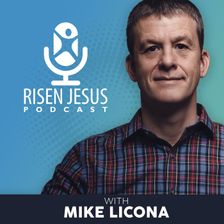
Faith Journeys: Similar Road, Different Conclusions - A Licona Ehrman Discussion
Risen Jesus
September 24, 2025
On the Risen Jesus podcast today, Dr. Michael Licona and Dr. Bart Ehrman join Justin Brierly on his Unbelievable podcast to discuss their faith journe

How Do We Advocate for Christian Policy Without Making the Government Interfere in Every Area of Life?
#STRask
November 20, 2025
Questions about how to advocate for Christian policy without making the government interfere in every area of life, and the differences between the mo

What Are Some Good Ways to Start a Conversation About God with Family Members?
#STRask
October 30, 2025
Questions about how to start a conversation about God with non-Christian family members, how to keep from becoming emotional when discussing faith iss
